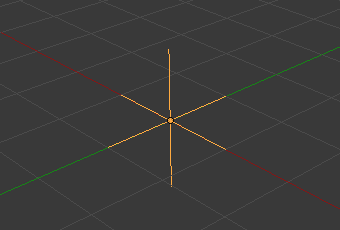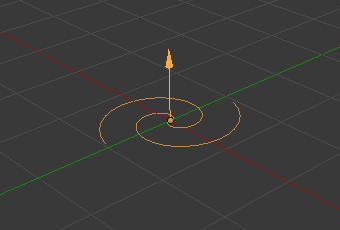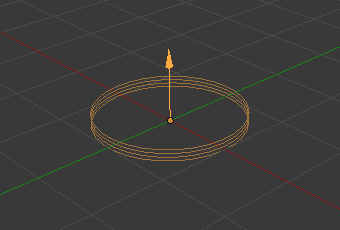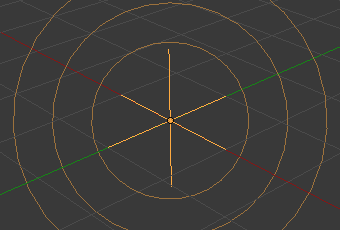Introduction¶
Force Fields offer a way to add extra movement to dynamic systems. Particles, Soft Bodies, Rigid Bodies </physics/rigid_body/index>, and Cloth objects can all be affected by forces fields. Force Fields automatically affect everything. To remove a simulation or particle system from their influence, simply turn down the influence of that type of Force Field in its Field Weights panel.
- All types of objects and particles can generate fields, but only curve object can bear Curve Guides fields.
- Force Fields can also be generated from particles. See Particle Physics
- The objects need to share at least one common layer to have effect.
You may limit the effect on particles to a group of objects (see the Particle Physics page).

|

|

|

|
Creating a Force Field¶
Reference
To create a single Force Field, you can select and select the desired force field. This method creates an Empty with the force field attached.
To create a field from an existing object you have to select the object and change to the Physics tab. Select the field type in the Fields menu.
The fields have many options in common, these common options are explained for the Spherical field.
Note
After changing the fields Fields panel or deflection
Collision panel settings, you have to recalculate the particle,
softbody or cloth system by Free Cache, this is not done automatically. You can
clear the cache for all selected objects with Ctrl-B .
Particles react to all kind of Force Fields, Soft Bodies only to Spherical, Wind, Vortex (they react on Harmonic fields but not in a useful way).
Common Field Settings¶
Most Fields have the same settings, even though they act very differently. Settings unique to a field type are described below. Curve Guide and Texture Fields have very different options.
- Shape
The field is either a:
- Point
- Point with omni-directional influence.
- Plane
- Constant in the XY-plane, changes only in Z direction.
- Surface
- ToDo.
- Every Point
- ToDo.
- Strength
- The strength of the field effect. This can be positive or negative to change the direction that the force operates in. A force field’s strength is scaled with the force object’s scale, allowing you to scale up and down scene, keeping the same effects.
- Flow
- Convert effector force into air flow velocity.
- Noise
- Adds noise to the strength of the force.
- Seed
- Changes the seed of the random noise.
- Effect Point
- You can toggle the field’s effect on particle Location and Rotation.
- Collision Absorption
- Force gets absorbed by collision objects.
Falloff¶
Here you can specify the shape of the force field (if the Fall-off Power is greater than 0).
- Falloff Type
- Sphere
- Falloff is uniform in all directions, as in a sphere.
- Tube
- Fall off results in a tube shaped force field. The Field’s Radial falloff can be adjusted, as well as the Minimum and Maximum distances of the field.
- Cone
- Fall off results in a cone shaped force field. Additional options are the same as those of Tube options.
- Z Direction
- Fall-off can be set to apply only in the direction of the positive Z Axis, negative Z Axis, or both.
- Power (Power)
- How the power of the force field changes with the distance from the force field. If r is the distance from the center of the object, the force changes with 1/ rpower. A Fall-off of 2 changes the force field with 1/ r2, which is the falloff of gravitational pull.
- Max Distance
- Makes the force field only take effect within a specified maximum radius (shown by an additional circle around the object).
- Min Distance
- The distance from the object center, up to where the force field is effective with full strength. If you have a Fall-off of 0 this parameter does nothing, because the field is effective with full strength up to Max Distance (or the infinity). Shown by an additional circle around the object.